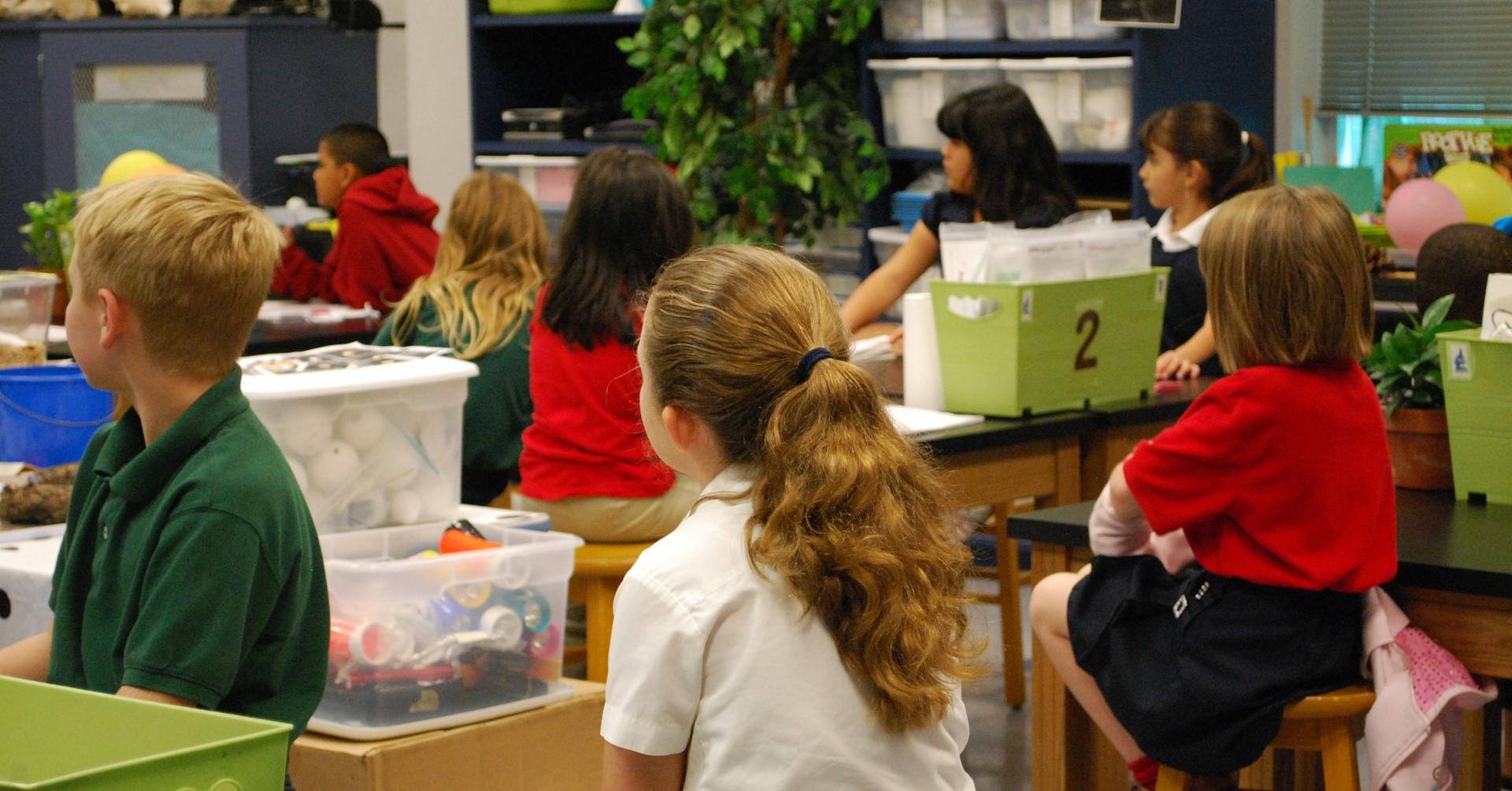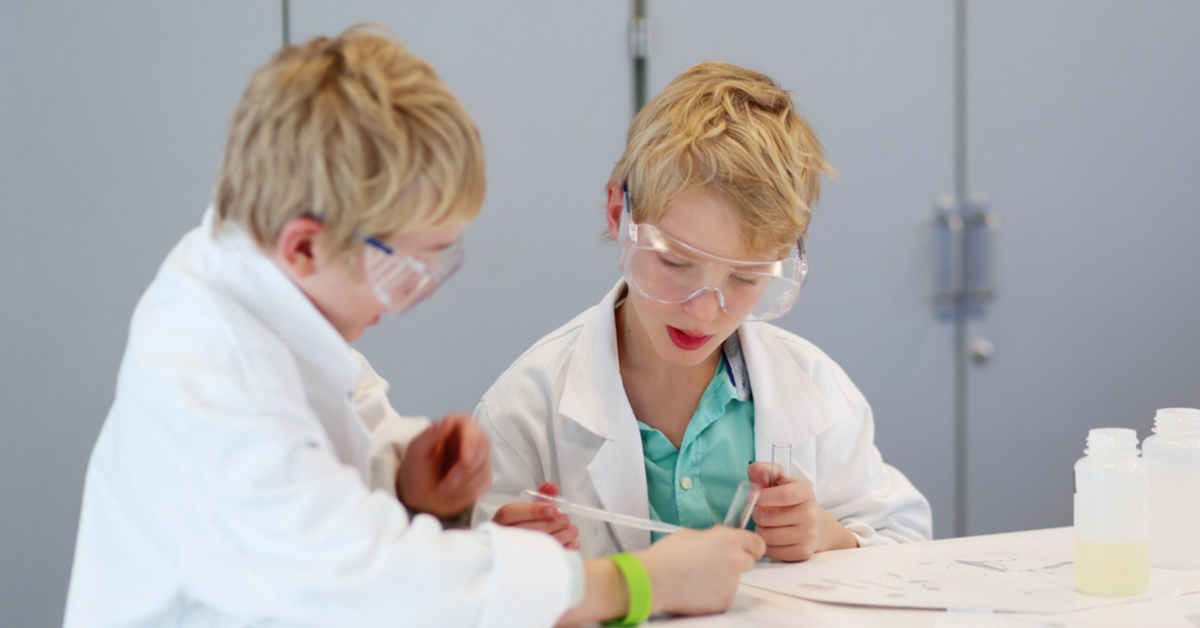You already geek out over Excel’s amazing functionality and its features in Windows. Maybe you’ve already used it to create a calendar template. Maybe you color code your personal budget targets. Maybe you already use it to track student progress, grades, test scores, attendance, and days until your next school holiday. We’re not here to judge. We’re here to help you make the most of what this powerful spreadsheet application has to offer.
Topics: Apps In The Classroom, Educational Technology, Academic Technology, Technology In The Classroom, Microsoft, Microsoft Apps, Microsoft Education, Classroom Organization, Microsoft Excel
Technology has moved us forward in many ways, but it can also have us curled up in pain if we’re not careful. Here are four common tech-related injuries that are as easy to get as they are to prevent (thank goodness).
Topics: Educational Technology, At Home With Arey Jones, Academic Technology, Typing, Classroom Organization
5 Ways to Strike the Right Keys (And Keyboard Shortcuts) This Semester
While we wish life outside technology offered this sort of efficiency, it’s nice to know that these quick keys are there when we need them. They won’t solve all of your woes this semester, but they may create a little more time to make them easier to handle.
Topics: Chromebooks, Keyboard Shortcuts, 21st Century School Technology, Academic Technology, Chromebooks In Schools, Microsoft Education
Global Learning Opportunities with Classroom Technology
The Internet is a global marketplace--not just for the exchange of goods and services, but also the exchange of ideas and experiences. Communication, collaboration, and innovation are now operating on a worldwide workspace, and today’s students now have the chance to not only learn about the world but also immerse themselves in real conversations with the people who live in it--in real time.
How and what we learn is determined in large part by how and what we experience—at least if Psychologist David Kolb has anything to say about it. His experiential learning theory combines traditional cognitive and behavior theories to create a more holistic approach.
Topics: Learning Styles, 21st Century School Technology, Academic Technology, Technology In The Classroom
7 Reasons Why Technology In The Classroom Makes Today’s Schools Better
Tablets are replacing textbooks. Keyboarding is replacing cursive. Coding languages are just as important as developing conversational Spanish, French, and Mandarin. Technology in the classroom is changing schools just as much as it has changed the world we live in; it has made the world smaller as we become exposed to the different-yet-similar lives that live upon it, and made it bigger in revealing all there is still left to learn about the planet and the universe it swirls in.
Topics: 21st Century School Technology, Academic Technology, Technology In The Classroom
Tablets, laptops, smart boards, and digital cameras are just a few ways technology is connecting kids to the world, each other, and a new way of learning. And, especially this time of year, it is also connecting them to something a little more unexpected: germs.
Topics: Academic Technology, Healthy Students
These STEM Lesson Plans Will Make You (and Your Students) Think
Coming up with creative, fun, and collaborative STEM (and STEAM) lesson plans is easier than ever thanks to Microsoft’s Hacking STEM library. From building machines that emulate human physiology to creating contraptions that help students understand speed, earthquakes, and electricity, these projects and activities are teacher-tested, student-focused, and budget-friendly.
Topics: Classroom Technology, Academic Technology, Microsoft, STEM, STEAM
One of the biggest international cross-section of comparative tests is the Programme for International Student Assessment (PISA), which measures reading ability, math and science literacy and other key skills among 15-year-olds throughout the world.
Topics: Arey Jones, Academic Technology Around The World, Academic Technology, Technology In The United States









